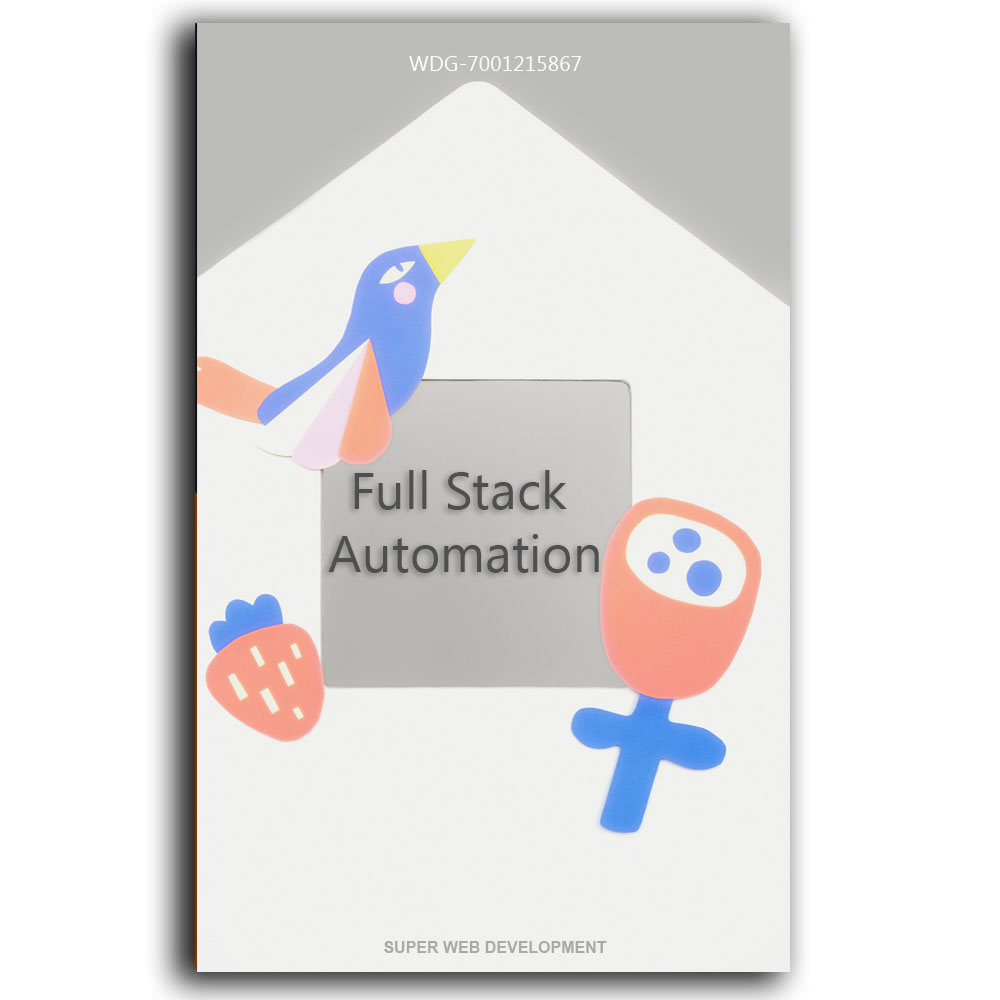Unified Functional Testing Automation
UFT Automation (Unified Functional Testing) is widely used by software testing professionals, quality assurance teams, and organizations across different industries. Here are some examples of who uses UFT automation:
- Software Testing Teams
- Quality Assurance (QA) Teams
- Software Developers
- Agile and DevOps Teams
- Organizations with Large Test Suites
- Enterprises with Legacy Applications
- Cross-Browser and Cross-Platform Testing
- Organizations with Compliance Requirements
UFT (Unified Functional Testing), formerly known as QTP (QuickTest Professional), is a popular automation tool used for functional and regression testing of software applications. UFT is developed by Micro Focus and provides a comprehensive set of features for test automation.
Here are some key aspects of UFT automation:
- Test Creation: UFT allows you to create automated tests using a record and playback approach or by manually coding test scripts. It supports multiple scripting languages such as VBScript and JavaScript.
- Object Identification: UFT uses a concept called “object repository” to identify and interact with various objects in the application under test. The object repository contains information about the objects’ properties and methods, allowing UFT to recognize and manipulate them during test execution.
- Test Execution: Once the tests are created, UFT provides an environment to execute them. It can simulate user actions such as clicking buttons, entering data, and validating expected results. UFT can also handle checkpoints to verify the application’s behavior against expected values.
- Test Frameworks: UFT supports different testing frameworks, including keyword-driven and data-driven frameworks. These frameworks help in structuring tests and managing test data effectively, enhancing reusability and maintainability.
- Integration with other tools: UFT integrates with various development and testing tools, enabling end-to-end test automation workflows. It can integrate with version control systems, defect tracking tools, and test management systems, providing seamless collaboration among team members.
- Cross-Browser and Cross-Platform Testing: UFT allows you to execute tests on different web browsers, such as Chrome, Firefox, and Internet Explorer. It also supports testing on various platforms, including Windows, macOS, and Linux.
- Reporting and Analysis: UFT generates detailed test reports that provide insights into test execution results, including passed, failed, or skipped tests. These reports assist in identifying issues and tracking test coverage. UFT also supports integration with external reporting and analysis tools.
- Extensibility: UFT provides an open architecture that allows extending its functionality through custom add-ins and integrations with external libraries or frameworks.
It’s worth noting that since my knowledge cutoff is in September 2021, there may have been updates or new features introduced in UFT beyond that point. It’s always a good idea to consult the official Micro Focus documentation and resources for the most up-to-date information on UFT automation.
Who use UFT Automation?
UFT Automation (Unified Functional Testing) is widely used by software testing professionals, quality assurance teams, and organizations across different industries. Here are some examples of uses UFT automation:
- Software Testing Teams: UFT is commonly used by testing teams responsible for validating the functionality and reliability of software applications. It helps automate repetitive testing tasks and accelerates the testing process.
- Quality Assurance (QA) Teams: QA teams utilize UFT to ensure the quality of software products by automating functional and regression tests. UFT enables them to perform comprehensive testing, identify defects, and validate application behavior.
- Software Developers: Developers can use UFT to conduct automated unit testing to verify the individual components or modules of their software. It helps them identify and fix issues early in the development process.
- Agile and DevOps Teams: UFT automation fits well within Agile and DevOps methodologies, enabling teams to integrate testing into their continuous integration and continuous delivery (CI/CD) pipelines. It allows for faster feedback cycles and facilitates faster release cycles.
- Organizations with Large Test Suites: UFT is often favored by organizations with complex applications and large test suites. It provides the capability to manage and execute a large number of tests efficiently, reducing manual effort and increasing test coverage.
- Enterprises with Legacy Applications: Many enterprises have legacy applications that require frequent regression testing during maintenance and upgrades. UFT’s ability to automate tests across different technologies and platforms makes it suitable for testing legacy systems.
- Cross-Browser and Cross-Platform Testing: Organizations that need to ensure the compatibility of their applications across multiple browsers and platforms find UFT automation beneficial. It enables them to execute tests across different environments, minimizing manual testing efforts.
- Organizations with Compliance Requirements: Industries such as finance, healthcare, and government often have strict compliance requirements. UFT’s ability to automate tests helps organizations validate their software against regulatory standards and ensure adherence to compliance guidelines.
It’s important to note that while UFT is a widely used automation tool, The choice of automation tool depends on the specific needs and preferences of the organization or testing team.
User Reviews
Only logged in customers who have purchased this product may leave a review.







There are no reviews yet.